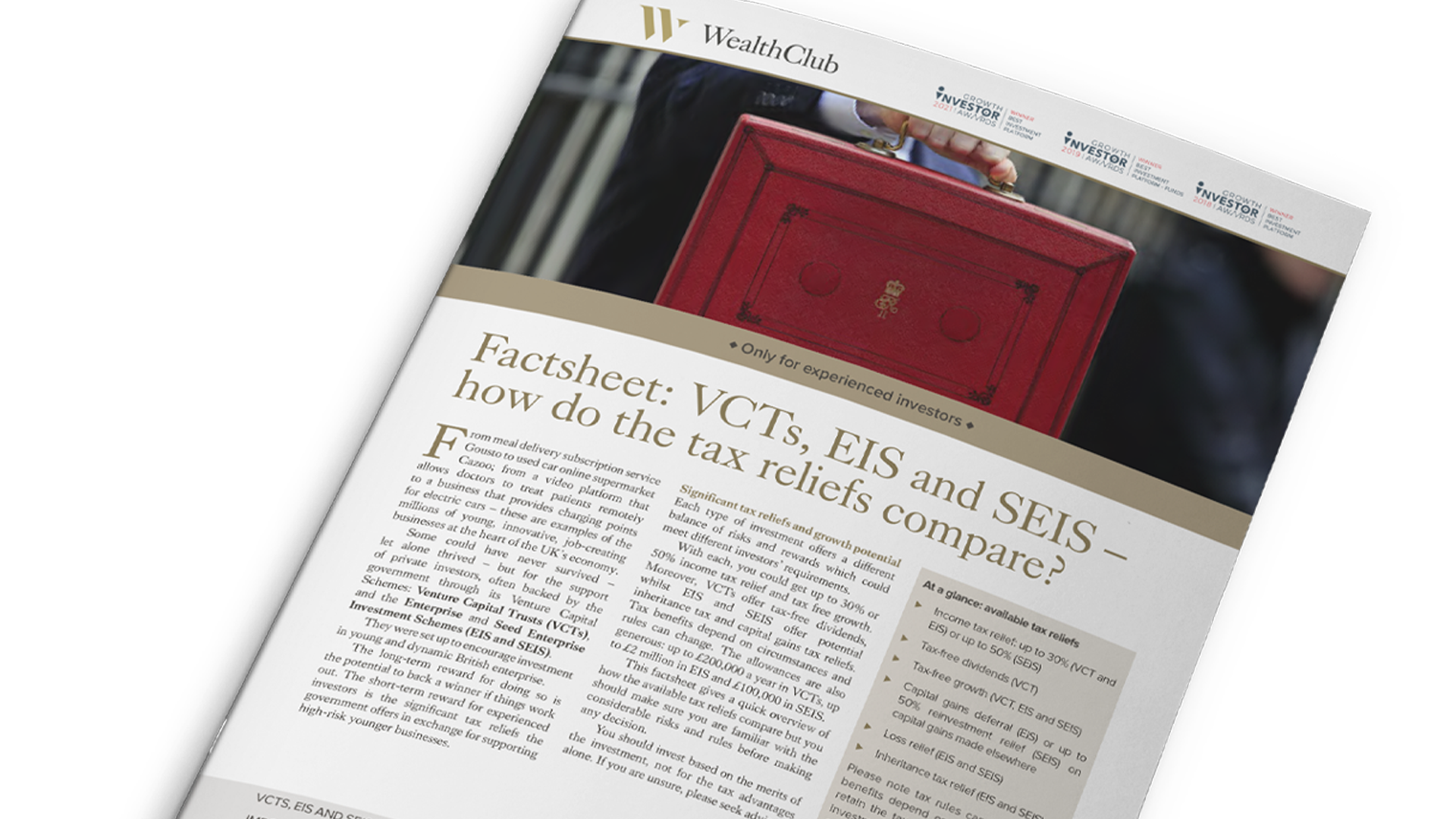There’s currently an onslaught of newspaper articles charting the rising tax burden on investors and savers. There’s also speculation on what further tax increases could be announced in the Autumn Budget, in an attempt to fill the c.£50 billion hole in public finances.
Earlier this month, we had the news HMRC expects a record 3.67 million investors will have paid dividend tax in 2024/25. That’s nearly twice as many as 2022/23, before the dividend allowance cuts. Now, there are suggestions the allowance could be removed altogether – potentially pulling over 5 million more investors into paying the levy.
We also heard the number of people paying tax on their savings has quadrupled in four years. HMRC expects to collect over £6 billion from 2.64 million savers in 2025/26. Nearly half of all top-rate taxpayers will incur the tax, it’s estimated.
Meanwhile, frozen tax thresholds continue to pull ever more people into higher tax bands as incomes rise with inflation.
So, if you are an experienced investor, how might you cut your tax bill – or potentially get back tax you’ve already paid? What steps could you take today? Here we look at what you could do to mitigate the impact.
Please note: tax benefits depend on circumstances and tax rules can change. This is a brief outline based on current rules: there are detailed conditions and rules you should consider carefully before investing. There are limits to the amount which can be invested into some of these investments each tax year and minimum holding periods to retain tax reliefs may apply. Decisions should be based on the investment merit, not the tax reliefs alone.
Important: The information on this website is for experienced investors. It is not a personal recommendation to invest. If you’re unsure, please seek advice. Investments are for the long term. They are high risk and illiquid and can fall as well as rise in value: you could lose all the money you invest
How to reduce your income tax bill and potentially get back tax you’ve already paid
The government remains keen for investors to back entrepreneurial British businesses to help re-ignite economic growth. As an incentive, it offers valuable tax reliefs when you invest in young – and hence higher risk – companies through the government’s Venture Capital Schemes: Venture Capital Trusts (VCTs), the Enterprise Investment Scheme (EIS) and Seed Enterprise Investment Scheme (SEIS).
Each type of investment offers a different balance of risks and rewards that could meet different investors’ requirements.
- VCTs: save up to 30% on this year’s income tax bill. You can invest up to £200k per tax year. Read more and see current VCT offers »
- EIS: save up to 30% on this year’s income tax bill and/or potentially get back tax already paid last tax year. You can invest up to £2 million (if including knowledge-intensive EIS) per tax year. Read more and see current EIS offers »
- SEIS: save up to 50% on this year’s income tax bill and/or potentially get back tax already paid last tax year. You can invest up to £200k per tax year. Read more and see current SEIS offers »
How do VCT, EIS and SEIS tax reliefs compare at a glance?
| VCT | EIS | SEIS | |
|---|---|---|---|
| Maximum investment per tax year | £200,000 | £2,000,000* | £200,000 |
| Carry back | no | available | available |
| Income tax relief | up to 30% | up to 30% | up to 50% |
| CGT relief/deferral | no | deferral | up to 50% |
| Tax-free dividends | yes | no | no |
| Tax-free growth | yes | yes | yes |
| IHT relief** | no | yes | yes |
| Loss relief | no | yes | yes |
* Provided anything over £1 million is invested in Knowledge Intensive companies.
** Up to £1 million of BPR-qualifying assets (including private companies and agricultural property) can be passed on IHT free. The excess will still benefit from 50% IHT relief, meaning IHT will be applied at 20% rather than 40%. Any qualifying AIM-quoted companies will be eligible for 50% IHT relief.
Tax rules can change and benefits depend on circumstances.
How to get back tax you’ve already paid: with EIS and SEIS carry back
EIS and SEIS investments offer a “carry back” facility. You can elect for all or part of your EIS/SEIS shares acquired in one tax year to be treated as though they had been acquired the previous tax year.
So, for instance, if you invest in an EIS or SEIS offer that plans to deploy your funds before 5 April 2026, you can use the income tax relief (up to 30% with EIS and up to 50% with SEIS):
- to save on your income tax bill for 2025/26
- to get back tax you’ve already paid for 2024/25
You can only do this if you have sufficient EIS or SEIS allowance in the tax year to which you’re carrying back.
There’s still time to apply EIS and SEIS relief to your 2024/25 income tax bill
Some of the EIS funds, EIS single companies and SEIS funds currently available on our website are targeting deployment within this tax year – not guaranteed. Tax rules can change and benefits depend on circumstances. Please be aware of the deadlines.
Free factsheet: VCTs, EIS and SEIS tax reliefs compared
This short and simple factsheet explains and compares side-by-side the current tax treatment of these three government-endorsed schemes. Get the free factsheet and find out:
Wealth Club aims to make it easier for experienced investors to find information on – and apply for – investments. You should base your investment decision on the offer documents and ensure you have read and fully understand them before investing. The information on this webpage is a marketing communication. It is not advice or a personal or research recommendation to buy any of the investments mentioned, nor does it include any opinion as to the present or future value or price of these investments. It does not satisfy legal requirements promoting investment research independence and is thus not subject to prohibitions on dealing ahead of its dissemination.




